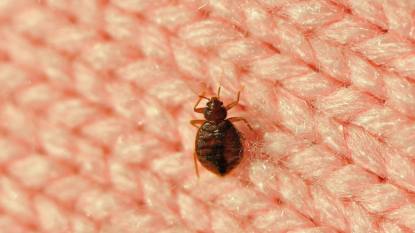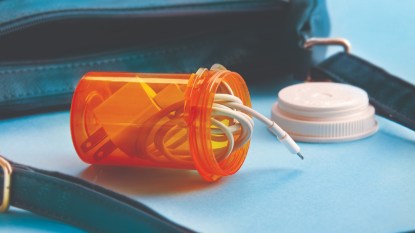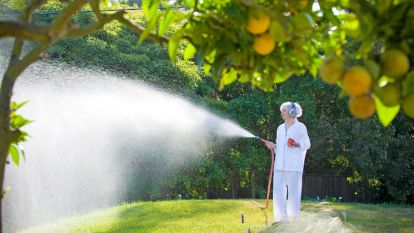Experts: Cleaning the Drain Plug on Your Washing Machine Can Stop It From Shaking, Soaking and Smelling
It's easy to extend the life of your washer and keep it running much more smoothly
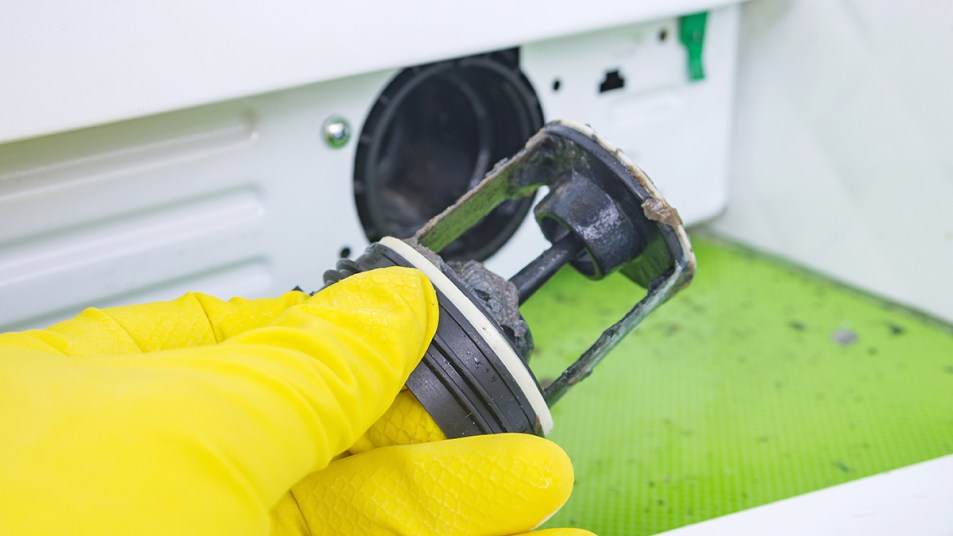
Between gym clothes, work clothes, pajamas and bath towels… sometimes it feels as if “laundry day” is every day! This chore can be quite a bit of work all on its own, but if your washing machine is having any issues — like not fully draining or shaking uncontrollably during the spin cycle — doing the laundry can bloom into a full-blown headache. How do you solve the hassle — or, better yet, stop it from happening in the first place? Check to see if your washing machine drain plug is clogged. If that’s the source of your problems, the fix is easy. Read on for all the need-to-know info and the step-by-step clean out process.
What exactly is the washing machine drain plug?
Most people regularly empty out the dryer’s lint filter after the cycle is finished, but many don’t know about the washing machine drain plug (also known as a drain trap). “The drain trap is a component that is designed to collect and trap lint, debris and other small objects that may be present in the water that is being drained from the machine during the washing cycle,” says professional cleaner and appliance expert Jeniffer Smith, founder of Urban Home Corner.
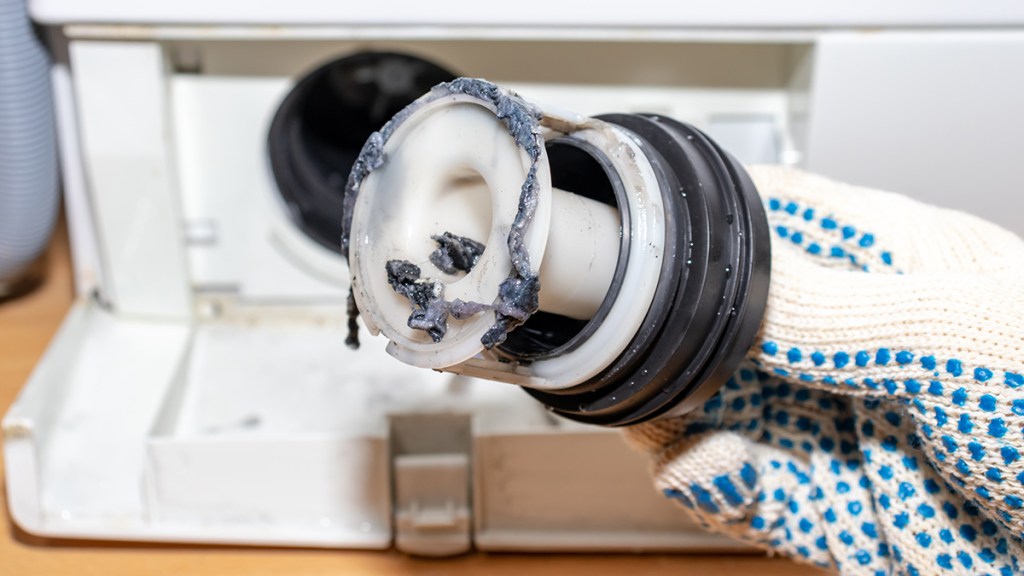
“The drain trap is typically located at the bottom of the washing machine, near the drain hose, and is designed to prevent lint and debris from entering the plumbing system and causing blockages or damage,” says Smith. “The drain trap is usually easy to access and can be cleaned out periodically to ensure it continues functioning properly.” Although most modern washing machines do have a drain trap or similar mechanism, Smith suggests checking your owner’s manual if you aren’t sure.
How to tell if the washing machine drain plug is clogged
“Knowing when your washer is clogged can sometimes feel like interpreting a secret code,” says DIY pro John Parker, a general contractor for more than 10 years and owner of Easy Pool Cleaning. “Luckily, your machine sends out distress signals if the drain is clogged.”
According to Smith, these are the top signs:
- Slow draining: If the water in your washing machine drains slowly or not at all.
- Loud shaking: If your machine is shaking violently on a dry or spin cycle.
- Foul odor: A musty or foul odor coming from your washing machine.
- Water backup: If water is backing up into the washing machine or overflowing from the drain hose.
- Loud noises: Unusual noises coming from your washing machine during the drain cycle ..
- Error codes: Some washing machines have error codes that will display on the control panel if there is a problem with the drain system.
Related: These Kitchen Staples Will Unclog a Bathtub Drain Quickly Without Harsh Chemicals
What things get stuck in the washing machine drain plug?
“You wouldn’t believe the items I’ve retrieved from the plug — socks that made daring escape attempts, tiny Lego pieces on an adventure, and once, a diamond ring!” shares Parker. “However, the usual culprits are lint, tiny bits of fabric, and tissues that sneak into the laundry.” And over time, the drain will get clogged with these items leading to performance issues.
But don’t run out and spend thousands of dollars on a new washing machine. Here’s how to clean a washing machine drain with ease.
Related: Pet Hair Stuck In Your Washer and Dryer? Here’s How To Remove It
How do you locate the washing machine drain plug?
The first thing you’re going to want to do is read your washing machine’s owner manual. If you’ve misplaced the instructions, you can probably find a PDF online. (The worst-case scenario would be that you need to call your handyman. Fortunately, whatever money you pay him will likely be far less than what you would spend on a new washing machine!)
Then, to locate the actual plug/trap:
For front loaders: It’s usually located at the front bottom of the machine
For top loaders: The process is slightly more convoluted, often requiring a snake tool to reach the drain. Remember, patience is key here as you navigate the bends and twists of the drain pipe. If your snake pulls out the lint or small clothing items, you’ve hit the jackpot!
Keep reading for detailed step-by-step instructions based on your washing machine type!
How to clean out a washing machine drain plug on a front-loading washer
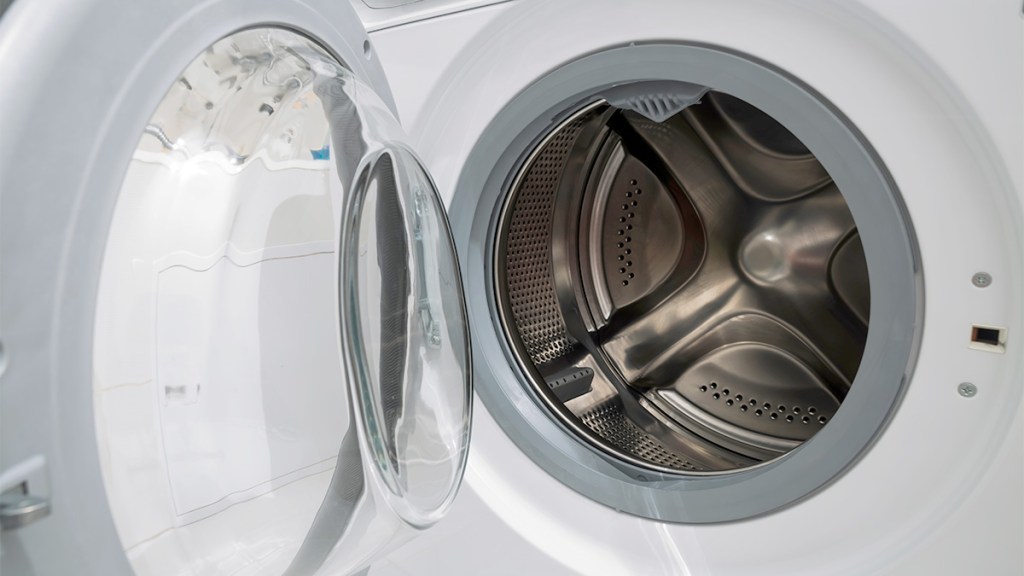
- Turn off the power and unplug the machine: Before beginning any maintenance on your washing machine, always ensure it is unplugged, and the power is turned off.
- Locate the drain trap: The drain trap is usually located at the bottom of the washing machine, behind a small door or panel. Check the user manual if you need help finding it. If your drain trap is behind a panel on the front of your washer, simply remove the lid (on some washers you can twist it off like a gas cap).”Once you’ve found it, proceed with caution,” says Parker. Lay down towels to avoid a mini flood, and ensure you have a bucket handy for any water that may flow out.
- Remove the drain trap: Using a screwdriver or pliers, remove the screws or clips that hold the drain trap in place. Carefully remove the trap and set it aside.
- Clean the drain trap: Use a brush or cloth to remove any debris or buildup from the drain trap. Make sure to remove all debris, as even small amounts can cause clogs.
- Reinstall the drain trap: Once the trap is clean, replace it and secure it with the screws or clips.
- Run the machine: Run a cycle with hot water and no clothes to help flush out any remaining debris.
- Clean the gasket and drum: Wipe down the gasket and drum with a cloth to remove any residue or buildup.
Need a clearer picture on how to do this? Watch the video below:
How to clean out a washing machine drain plug on a top-loading washer
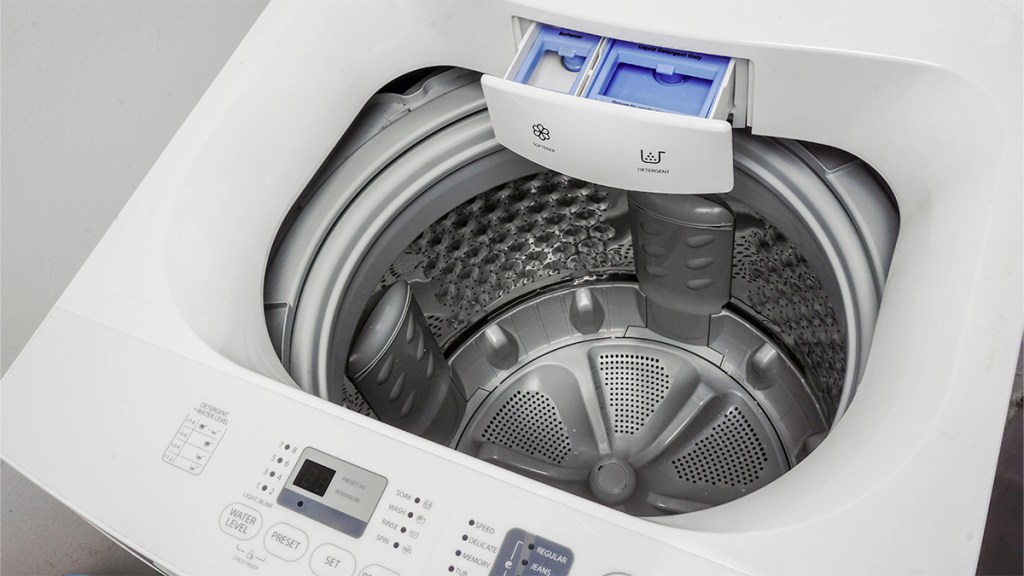
The nice thing about top-load washing machines is that after a load, you can normally just grab anything that’s fallen out of your pockets during the wash from the bottom of the machine. But for items that get sucked into the filter, you’ll need to to get your hands dirty. Follow these steps for a fast clean-out:
- Turn off the power and unplug the machine: Before beginning any maintenance on your washing machine, always ensure it is unplugged, and the power is turned off.
- Locate the drain hose: The drain hose is usually at the back of the washing machine, near the bottom. Check the user manual if you’re unsure where to find it.
- Remove the drain hose: Carefully detach the drain hose from the back of the washing machine. Be prepared for some water to spill out, so have a bucket or towels handy.
- Clean the drain hose: Use a long brush or cloth to remove any debris or buildup from the drain hose. Make sure to remove all debris, as even small amounts can cause clogs..
- Reattach the drain hose: Once the drain hose is clean, reattach it to the back of the washing machine. Make sure it is securely fastened.
- Run the machine: Run a cycle with hot water and no clothes to help flush out any remaining debris.
- Clean the drum: Wipe down the drum (the interior basin of your washing machine where you throw your clothes in!) with a cloth to remove any residue or buildup.
Need a clearer picture on how to do this? Watch the video below:
How to prevent washing machine drain plug clogs
Regular cleaning (about once a week), investing in a good quality lint trap and checking pockets meticulously before throwing clothes into the washer are simple but effective practices, says Parker.
Below, a few more ways to steer clear of drain clogs:
- Use a mesh lint filter: A mesh lint filter can be placed over the drain hose to catch lint and other debris before it enters the drain.
- Use less detergent: Too much can cause a buildup in the drain and create a clog. Use only the recommended amount of detergent for your washing machine.
- Clean the drain trap or hose regularly: Cleaning the drain trap or hose regularly can help prevent buildup and keep the drain clear.
- Avoid washing certain items: Items such as rugs, pet beds, and large amounts of pet hair can cause clogs. Avoid washing these items in your washing machine or use a lint trap to catch the hair.
- Use hot water: Running a cycle with hot water can help dissolve soap scum and prevent buildup in the drain.
- Stow small items in mesh bags before washing: Tuck smaller items and delicates like lingerie, baby socks and the like into mesh garment bags.
For more tips on keeping your washing machine clean:
Mold Could Be Lurking in Your Washing Machine — Here’s How to Keep It Fresh and Clean
Pet Hair Stuck In Your Washer and Dryer? Here’s How To Remove It
Harmful Bacteria Could Be Lurking in Your Washing Machine — Here’s How to Protect Yourself
How to Get Soap Scum Off of Anything: Experts’ Genius Solutions





